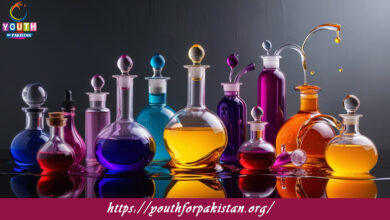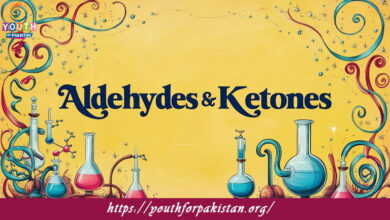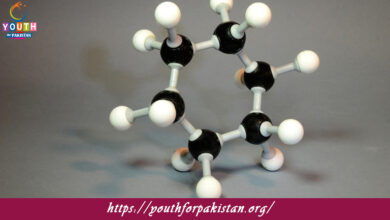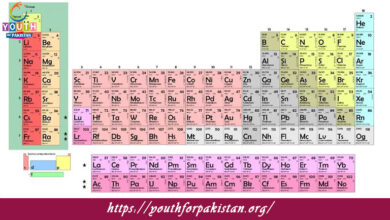Reversible And Irreversible Reactions MDCAT MCQs with Answers
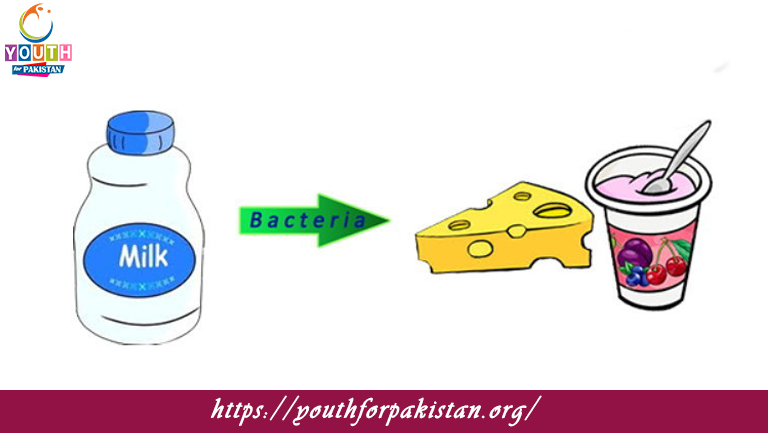
Welcome to the Reversible And Irreversible Reactions MDCAT MCQs with Answers. In this post, we have shared Reversible And Irreversible Reactions Multiple Choice Questions and Answers for PMC MDCAT 2024. Each question in MDCAT Chemistry offers a chance to enhance your knowledge regarding Reversible And Irreversible Reactions MCQs in this MDCAT Online Test.
Which of the following is characteristic of a reversible reaction?
a) The reaction proceeds in only one direction
b) The reaction can achieve a state of equilibrium
c) The products do not revert to reactants
d) The reaction rate is constant throughout
In which type of reaction is it possible to reach a state of equilibrium?
a) Irreversible reaction
b) Reversible reaction
c) Endothermic reaction
d) Exothermic reaction
Which of the following is an example of an irreversible reaction?
a) Synthesis of water from hydrogen and oxygen
b) Formation of ammonia from nitrogen and hydrogen
c) Combustion of gasoline
d) Dissolution of salt in water
What happens to the concentration of reactants and products in a reversible reaction at equilibrium?
a) Concentrations of reactants and products are equal
b) Concentrations of reactants and products are constant but not necessarily equal
c) Concentration of reactants is zero
d) Concentration of products is zero
Which of the following indicates that a reaction is reversible?
a) The reaction only proceeds in one direction
b) The products can be converted back to reactants
c) The reaction produces a gas only
d) The reaction is spontaneous and completes quickly
Which type of reaction will not achieve equilibrium under any conditions?
a) Reversible reaction
b) Irreversible reaction
c) Dynamic reaction
d) Endothermic reaction
In a reversible reaction, what happens if the concentration of products is increased?
a) The reaction shifts toward the reactants
b) The reaction shifts toward the products
c) The equilibrium constant changes
d) The reaction stops
Which statement is true for an irreversible reaction?
a) The reactants and products are in dynamic equilibrium
b) The products cannot revert to reactants
c) The reaction rate is constant
d) The system achieves a state of equilibrium
Which of the following is an example of a reaction that is typically reversible?
a) The combustion of wood
b) The rusting of iron
c) The synthesis of ammonia from nitrogen and hydrogen
d) The dissolution of sugar in water
For a reaction to be classified as reversible, what must occur?
a) The reaction must reach a state of equilibrium
b) The reactants must be converted to products only
c) The reaction must be exothermic
d) The reaction must be endothermic
In a system with a reversible reaction, what effect does increasing the temperature have?
a) It shifts the equilibrium toward the products in an exothermic reaction
b) It shifts the equilibrium toward the reactants in an endothermic reaction
c) It does not affect the equilibrium position
d) It changes the reaction from reversible to irreversible
Which of the following statements about irreversible reactions is false?
a) They proceed in only one direction
b) They can achieve equilibrium
c) Products are formed without reverting to reactants
d) They are often characterized by a large decrease in free energy
For an equilibrium reaction, what happens if the system is disturbed by changing the concentration of reactants?
a) The equilibrium shifts to counteract the disturbance
b) The equilibrium constant changes
c) The reaction becomes irreversible
d) The reaction rate decreases
Which type of reaction is more likely to reach equilibrium quickly?
a) Irreversible reaction
b) Reversible reaction
c) Endothermic reaction
d) Exothermic reaction
Which reaction type is generally characterized by a large change in Gibbs free energy?
a) Reversible reaction
b) Irreversible reaction
c) Endothermic reaction
d) Exothermic reaction
Which of the following is a characteristic feature of a reversible reaction at equilibrium?
a) The forward and reverse reactions are occurring at different rates
b) The concentrations of reactants and products are changing continuously
c) The rates of the forward and reverse reactions are equal
d) The system is not in dynamic equilibrium
Which reaction is typically irreversible?
a) The synthesis of nitrogen dioxide from nitrogen and oxygen
b) The decomposition of hydrogen peroxide
c) The neutralization of an acid with a base
d) The formation of acetic acid from ethanol
Which of the following is true for a reaction that is classified as irreversible?
a) The reaction can proceed in both directions
b) The products can revert to reactants
c) The reaction only proceeds in one direction
d) The system reaches a state of dynamic equilibrium
In an exothermic reversible reaction, what happens to the equilibrium position if the temperature is increased?
a) Shifts toward the reactants
b) Shifts toward the products
c) No shift
d) The reaction becomes irreversible
For the reaction
2
⇌
2A⇌B, how does increasing the pressure affect the equilibrium if there are more moles of gas on the reactant side?
a) Shifts toward the reactants
b) Shifts toward the products
c) No shift
d) The equilibrium constant changes
Which type of reaction typically does not reach equilibrium?
a) Reversible reaction
b) Irreversible reaction
c) Endothermic reaction
d) Exothermic reaction
What occurs when an equilibrium reaction is subjected to a change in pressure?
a) The reaction rate changes
b) The equilibrium position shifts to counteract the change
c) The reaction becomes irreversible
d) The system reaches a new equilibrium constant
In a reversible reaction, what happens if the concentration of one of the products is increased?
a) The equilibrium shifts toward the reactants
b) The equilibrium shifts toward the products
c) The equilibrium constant changes
d) The reaction becomes irreversible
Which of the following best describes an irreversible reaction?
a) The reaction reaches equilibrium and both forward and reverse reactions occur at the same rate
b) The products cannot revert to reactants, and the reaction proceeds in one direction only
c) The reaction is characterized by a small change in Gibbs free energy
d) The system adjusts to external changes to maintain equilibrium
Which factor does not affect the equilibrium position of a reversible reaction?
a) Change in temperature
b) Change in pressure
c) Addition of a catalyst
d) Change in concentration of reactants or products
Which statement is true for an endothermic reversible reaction?
a) Increasing temperature shifts the equilibrium toward the reactants
b) Decreasing temperature shifts the equilibrium toward the products
c) The equilibrium constant decreases with increasing temperature
d) The reaction cannot achieve equilibrium
In an equilibrium reaction, what happens if the volume of the system is increased?
a) The equilibrium shifts toward the side with more moles of gas
b) The equilibrium shifts toward the side with fewer moles of gas
c) The equilibrium constant changes
d) The reaction rate decreases
Which of the following is not a feature of an irreversible reaction?
a) The products cannot revert to reactants
b) The reaction reaches a state of equilibrium
c) The reaction proceeds only in one direction
d) There is a large change in free energy
In a chemical equilibrium, what effect does adding a catalyst have?
a) Changes the equilibrium constant
b) Shifts the equilibrium position
c) Speeds up the rate at which equilibrium is reached
d) Prevents the system from reaching equilibrium
Which of the following is a feature of an irreversible reaction?
a) The reaction can be reversed by changing conditions
b) The system achieves a state of equilibrium
c) The products are formed with no possibility of reverting to reactants
d) The equilibrium constant is constant for all conditions
Which of the following types of reactions always leads to the formation of products only?
a) Reversible reactions
b) Irreversible reactions
c) Endothermic reactions
d) Exothermic reactions
Which type of reaction cannot be reversed by changing the reaction conditions?
a) Reversible reaction
b) Irreversible reaction
c) Dynamic reaction
d) Equilibrium reaction
Which factor will not influence the position of equilibrium in a reversible reaction?
a) Change in concentration of reactants or products
b) Change in temperature
c) Addition of an inert gas at constant volume
d) Change in pressure
If you are interested to enhance your knowledge regarding Physics, Chemistry, Computer, and Biology please click on the link of each category, you will be redirected to dedicated website for each category.


